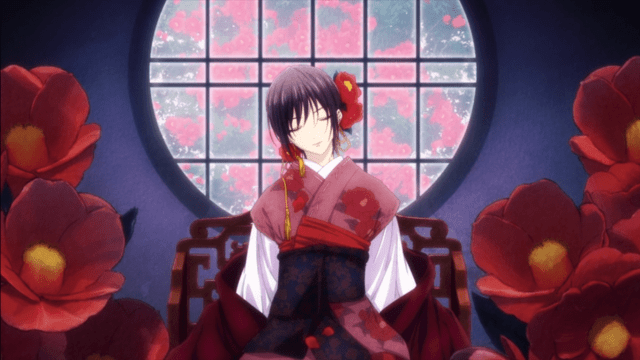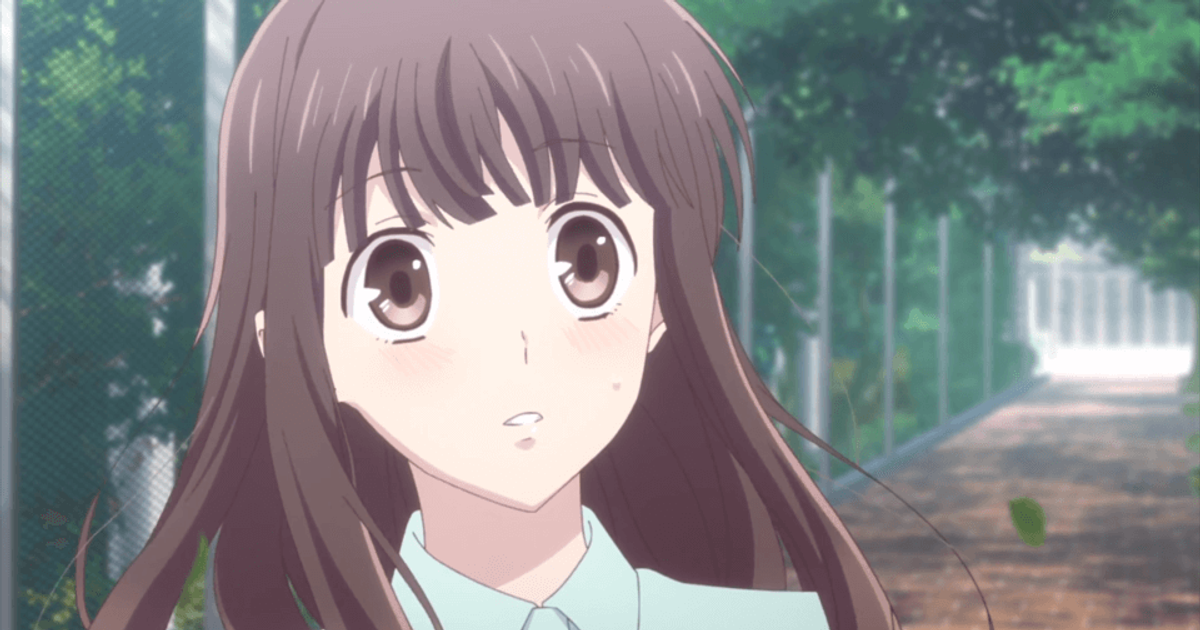Fruits Basket (2019-21) is one of the best shojo anime of all time, and the adaptation many fans waited for years to see. Following a 2001 anime that adapted Takaya Natsuki's manga very loosely in comparison, the newest anime attempted to truly capture the original story's spirit. But how faithful is it really? Below, we explain if the manga and the anime of Fruits Basket are the same:
About Fruits Basket

Fruits Basket is based on a finished manga of the same name. The slice of life series is the story of Tohru Honda, an orphan girl who moves in with a classmate only to find out that he and his relatives turn into animals of the Chinese Zodiac Cycle when hugged or unwell.
But behind this funny, whimsical premise, lies a more tragic tale of intergenerational trauma, loneliness, and, eventually, friendship and healing, with memorable characters that will stay with you for a long time.
Is the Manga and the Anime the Same in Fruits Basket?

In a similar vein to Fullmetal Alchemist: Brotherhood, the newest Fruits Basket anime was created after the manga was completed, to do justice to the full story, following a less than faithful previous anime adaptation.
The newest Fruits Basket adaptation did a brilliant job. It captures the tone of the manga perfectly, and the few changes do not detract from the story we know and love.
One major change can be found in the art style, which is much more modern compared to the manga - a classic shojo of its time. Most characters were given new outfits and the overall feel was much more contemporary. This was likely to make the anime more appealing to younger audiences who didn't grow up reading the manga, and it works really well; the style makes the anime a faithful, but distinct medium, as style changes still serve the characters and fit them perfectly.
No major change was made to the plot and characters, though a few little tweaks here and there had to happen to avoid major pitfalls. One such case is Ritsu Sohma, a supporting character. Ritsu is a young man who likes wearing feminine clothes, a fact that is, unfortunately, played for laughs in the manga, as is his extreme anxiety and mentions of suicide.
For all its positives, Fruits Basket is a pretty heteronormative manga in which male and female characters rarely step out of traditional roles associated with their gender. Ritsu's crossdressing was, therefore, treated as a flaw in the manga, and he was strongly encouraged to start dressing up as a man.
The anime doesn't get much more progressive, and Ritsu still dresses as a man in the end, but, at least, the anime never suggests that he was coerced into changing. Instead, the anime focuses more on the need for him to find ways to manage his anxiety and become less apologetic, and his suicide references are, at least, taken a bit more seriously.
Related: Who Does Tohru End Up With in Fruits Basket?
Another change is the removal of a short arc that focuses on Tohru's parents and their relationship. This was presumably taken out so as not to detract from the main plot, which was very tense at the time. Instead, that story was made into a Fruits Basket Prelude movie. As Tohru's parents had a pretty big age difference and unequal power dynamic, the movie will hopefully tweak that a bit to make it more egalitarian.
Overall, the new Fruits Basket anime, fondly nicknamed Fruits Basket: Brotherhood (or Sisterhood) by fans, did a great job at adapting one of the most beloved shojo works out there and introducing it to a new generation of fans, while most of the changes benefit the show rather than detracting from it.







